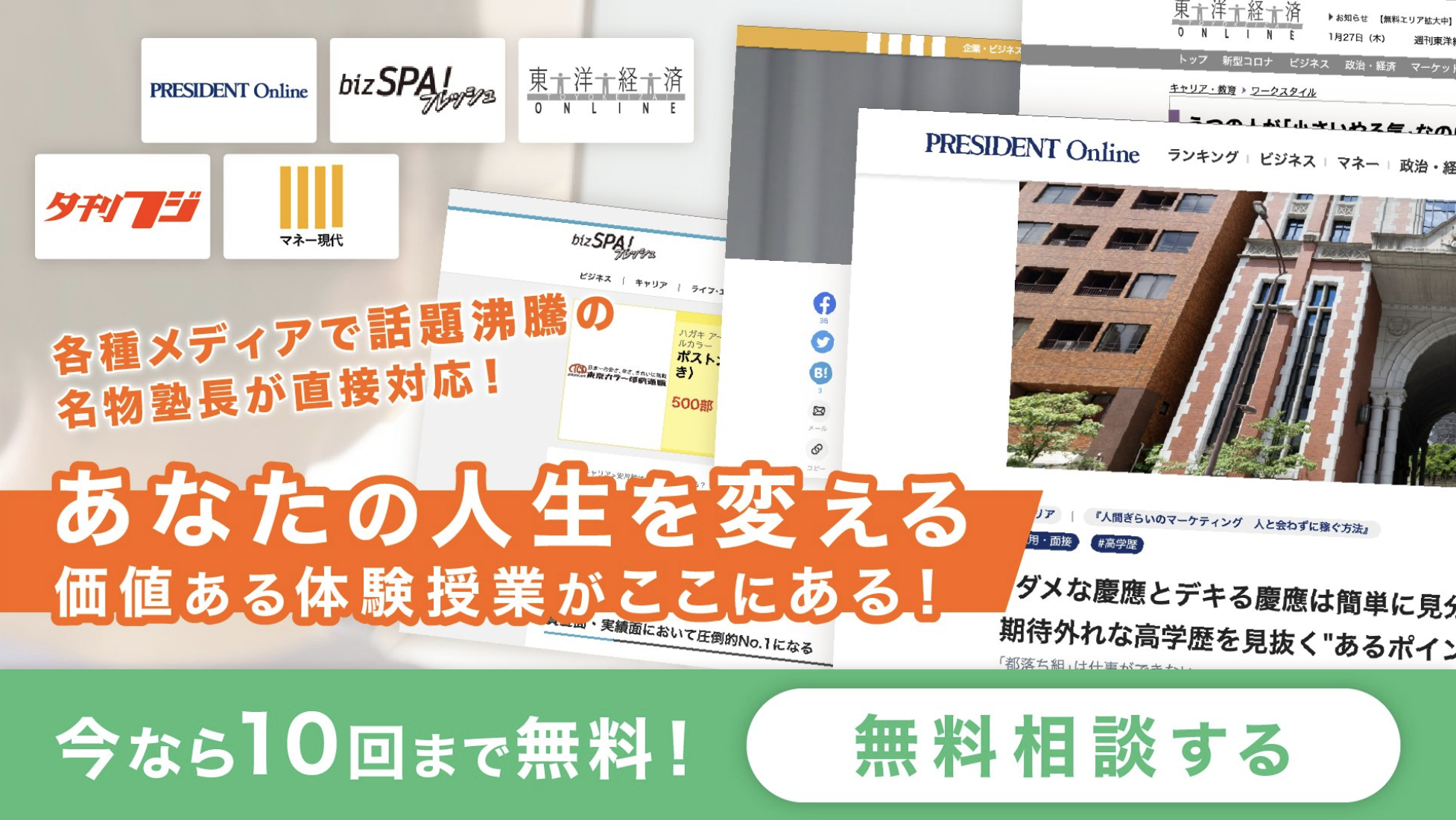- Associate Professor Shinya Fujii
Introduction of the discussion
When we play musical instruments, the human brain and body can perform complex movements through training. Acquiring motor skills is an iterative process of refining movements based on sensory feedbacks.
Many studies of motor control and learning have been conducted so far.
For example, playing the piano requires the coordinated work of joints and muscles of fingers and arms, so it is a skill that requires long-term training. As an experiment of this behavior, the change in the volume with time when a professional pianist and a beginner played the same chord for a long time was measured, and the professional pianist was able to maintain a constant volume, while the beginner’s volume had a tendency to decrease. This shows that professional pianists can continue to hit the key without fatigue for a long time compared to beginners.
The comparison of the finger muscles also showed that professional pianists’ slow muscles of the thumb are more developed, which indicates that they have a higher ability to maintain a constant force for a long time.
Finding the problem
Then, how can we know the effective muscles in playing musical instruments?
Argument
Many research methods have been reported so far. One is optical motion capture that accurately converts human movement into objective information. This makes it possible to analyze the detailed movements of the performer’s body.
The second is force measurement. This shows where and how much extent the force works by measuring the posture of the violin, the bow pressure of the violin, and the pressure of pushing the mouthpiece of the brass instrument with the lips.
The third is muscle activity measurement. This is a method of measuring the myoelectric potential generated by the muscle activity using an electromyographic sensor, so that the characteristics of the muscle activity during the performance can be grasped.
By combining these measurement methods, it will be possible to clarify the effective muscles for each instrument performance.
Conclusion
Therefore, I would like to be engaged in the research to establish more effective practice and education methods by finding the muscles and body movements necessary and effective for each instrument performance.
Examining the conclusion
By studying with Associate Professor Shinya Fujii, who is studying the co-contraction of muscles using electromyogram, etc. in the movement control research of drummers, I am sure that I could obtain various perspectives regarding my research and it would open up new horizons for me.
Therefore, I believe that Keio University’s Faculty of Policy Management is the most suitable place for pursuing my research and social contributions, and I am aspiring to enter your school and study in your laboratory.






コメントを残す